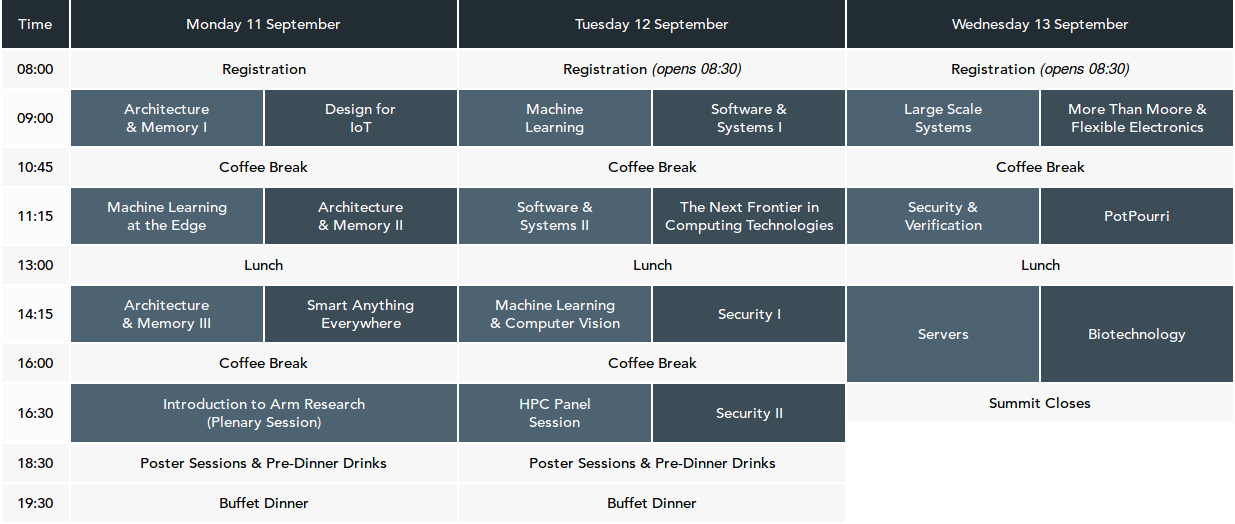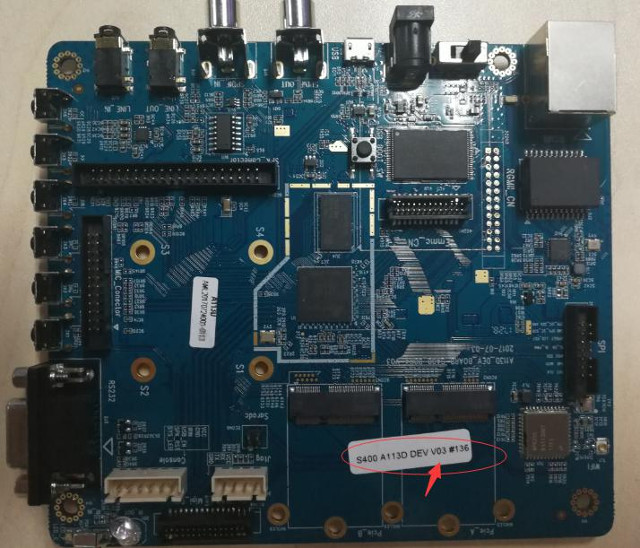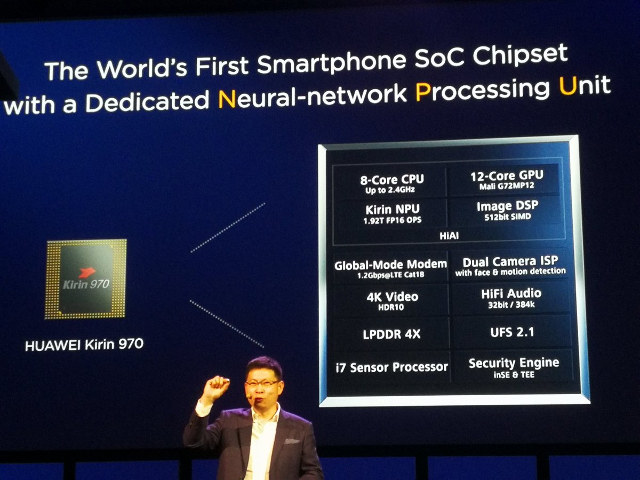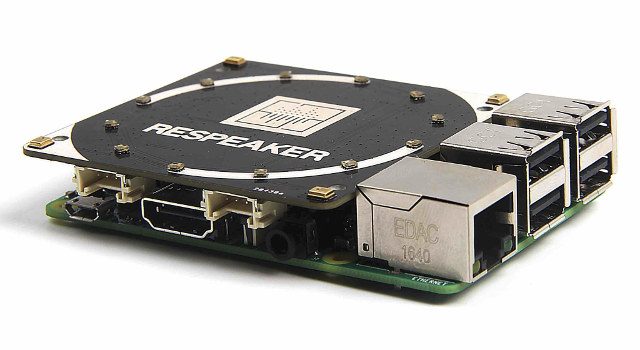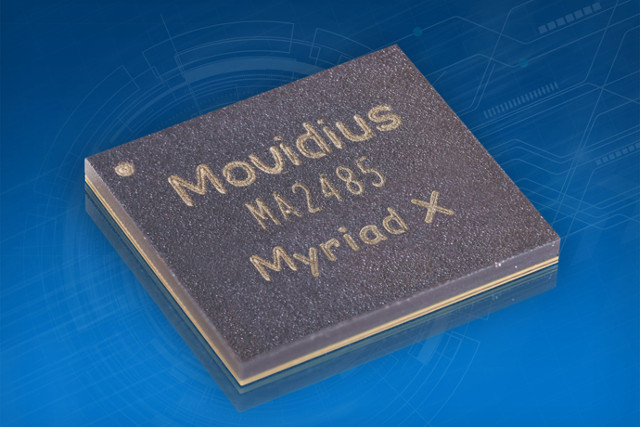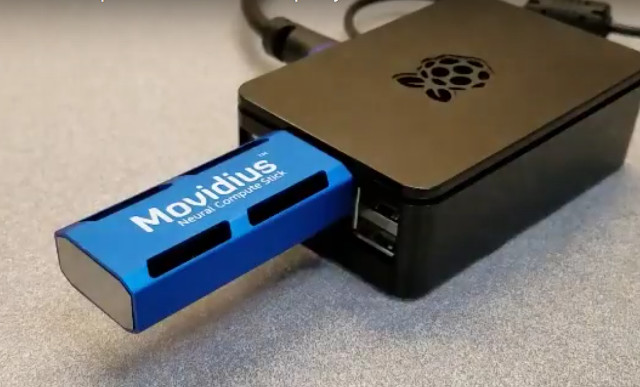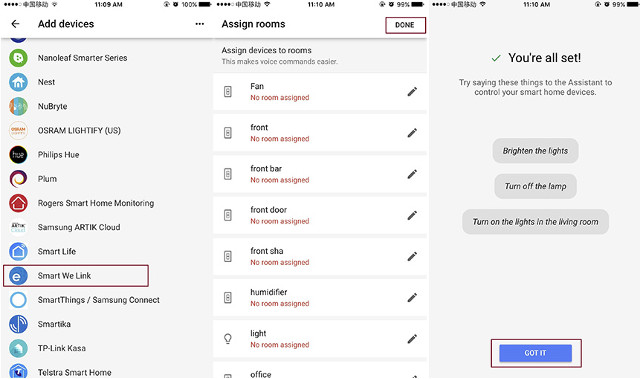The Arm Research Summit is “an academic summit to discuss future trends and disruptive technologies across all sectors of computing”, with the second edition of the even taking place now in Cambridge, UK until September 13, 2017. The Agenda includes various subjects such as architecture and memory, IoT, HPC, computer vision, machine learning, security, servers, biotechnology and others. You can find the full detailed schedule for each day on Arm website, and the good news is that the talks are streamed live in YouTube, so you can follow the talks that interest you from the comfort of your home/office. Note that you can switch between rooms in the stream above by clicking on <-> icon. Audio volume is a little low… Thanks to Nobe for the tip. Jean-Luc Aufranc (CNXSoft)Jean-Luc started CNX Software in 2010 as a part-time endeavor, before quitting his job as a software engineering manager, and starting […]
Amlogic A111, A112 & A113 Processors are Designed for Audio Applications, Smart Speakers
Amlogic processors are mostly found in TVs and TV boxes, but the company is now apparently entering a new market with A111, A112, and A113 audio processors. I was first made aware of those new processors through Buildroot OpenLinux Release Notes V20170831.pdf document posted on their Open Linux website, where two boards with Amlogic A113D and A113X are shown. First, S400 board with the following key features/specifications: SoC – Amlogic A113D CPU System Memory – 1GB DDR3 Storage – 512MB SLC NAND flash Display I/F – MIPI interface Connectivity – Gigabit Ethernet SDIO WiFi/BT (AP6356S) Audio SPDIF_IN/SPDIF_OUT LINE_IN/LINE_OUT 2x Audio headers (MIC_Connector & SPK_Connector) USB – 1x USB 2.0 OTG Expansion – 2x PCIe ports Misc – 6x ADC Keys, IR_IN/IR_OUT, UART Interface (RS232) The second S420 board is based on A113X SoC, and comes with less features (no display, no Ethernet, no PCIe…), less memory: SoC – Amlogic A113X […]
Huawei Introduces Kirin 970 Mobile SoC with Built-in Neural Processing Unit for Artificial Intelligence Applications
Huawei has unveiled their latest Kirin 970 SoC for premium smartphone at IFA 2017. The processor features an 8-core CPU, and a new 12-core GPU, but what makes this new processor stands apart it a dedicated Neural Processing Unit (NPU) to accelerate tasks used for artificial intelligence, with the company claiming the NPU delivers 25 times the performance with 50x greater efficiency compared to a quad core Cortex A73 processor for AI computing tasks. In practical terms, Kirin 970 could process 2,000 images per minute in an unnamed benchmark image recognition test. The press release also mentions the processor will pack 5.5 billion transistors packed into 1 cm² and be manufactured using a 10nm “advanced processor”. But they did not go into much further details about the specs, so instead, I used info from Anandtech and the slide above to derive Kirin 970 technical specifications: CPU – 4x ARM Cortex […]
Google Assistant News – AIY Voice Kit For Sale, Offline Support, 3rd Party Smart Speakers Announced
There’s been a lot of development related to Google Assistant in the last few days. First, Google provided an update for AIY Projects, with their AIY Projects Voice Kit now available for pre-order on Micro Center for $35 including a Raspberry Pi 3 board, making the kit virtually free, although you may also purchase it. Note that Micro Center blocks traffic originating from some countries, so I had to use Zend2 to access the site. [Update 10/09/2017: You can also get it from Seeed Studio for worldwide shipping] Google also announced the Speech Commands Dataset with 65,000 one-second long utterances of 30 short words, which they are in the process of integrating with the next release of the Voice Kit, and will allow the devices to respond to voice commands without the need for an Internet connection. So if you lose your Internet connection, or want to isolate your Voice […]
ReSpeaker 4-Mic Array is $25 Quad Microphone Add-on Board for Raspberry Pi
Last year, Seeed Studio launched ReSpeaker WiFi Audio / IoT board based on Mediatek MT7688, as well as an optional microphone array board with 7 microphones and 12 LEDs. Later on, they introduced a $10 2-mic array board for Raspberry Pi Zero (W), and today the company has started to take orders for ReSpeaker 4-Mic Array for Raspberry Pi board for $24.50 plus shipping. Respeaker 4-Mic Array board specifications: Audio X-Powers AC108 quad-channel ADC with I2S/TDM output transition 4 Microphones Expansion 2x Grove interfaces (1x I2C, 1x GPIO port using pins 12 & 13) 40-pin Raspberry Pi compatible header Misc – 12 LEDs (APA102) connected over SPI, GPIO5 enables power Dimensions – 65mm x 65mm x 9mm Weight – ~20 grams The board will give Raspberry Pi board the ability to do Voice Activity Detection (VAD) aka “hot word” detection, estimate Direction of Arrival (DoA) and show the direction via the LED ring, just like Amazon Echo or Google Home. I’m using an Orange Pi Zero board with a single microphone with Google Assistant and while it works fine most of the […]
Intel Introduces Movidius Myriad X Vision Processing Unit with Dedicated Neural Compute Engine
Intel has just announced the third generation of Movidius Video Processing Units (VPU) with Myriad X VPU, which the company claims is the world’s first SoC shipping with a dedicated Neural Compute Engine for accelerating deep learning inferences at the edge, and giving devices the ability to see, understand and react to their environments in real time. Movidius Myraid X VPU key features: Neural Compute Engine – Dedicated on-chip accelerator for deep neural networks delivering over 1 trillion operations per second of DNN inferencing performance (based on peak floating-point computational throughput). 16x programmable 128-bit VLIW Vector Processors (SHAVE cores) optimized for computer vision workloads. 16x configurable MIPI Lanes – Connect up to 8 HD resolution RGB cameras for up to 700 million pixels per second of image signal processing throughput. 20x vision hardware accelerators to perform tasks such as optical flow and stereo depth. On-chip Memory – 2.5 MB homogeneous […]
Movidius Neural Compute Stick Shown to Boost Deep Learning Performance by about 3 Times on Raspberry Pi 3 Board
Intel recently launched Movidius Neural Compute Stick (MvNCS)for low power USB based deep learning applications such as object recognition, and after some initial confusions, we could confirm the Neural stick could also be used on ARM based platforms such as the Raspberry Pi 3. Kochi Nakamura, who wrote the code for GPU accelerated object recognition on the Raspberry Pi 3 board, got hold of one sample in order to compare the performance between GPU and MvNCS acceleration. His first attempt was quite confusing as with GoogLeNet, Raspberry Pi 3 + MvNCS achieved an average inference time of about 560ms, against 320 ms while using VideoCore IV GPU in RPi3 board. But then it was discovered that the “stream_infer.py” demo would only use one core out of the 12 VLIW 128-bit vector SHAVE processors in Intel’s Movidius Myriad 2 VPU, and after enabling all those 12 cores instead of just one, […]
Sonoff Wireless Switches & Light Bulbs Now Work With Google Home
ITEAD Studio Sonoff wireless switches can be controlled by voice commands using Amazon Alexa or Google Home, but so far, the latter was only possible by emulating Belkin Wemo switch in alternative open source firmwares such as ESPurna or Sonoff-Tasmota. For people who don’t want to update the firmware themselves, and instead prefer to use the stock firmware with eWelink mobile app, the manufacturer has now announced support for Google Home, on top of the already supported Amazon Alexa service. The instructions are explained in details in ITEAD’s blog post, but basically, you need to start Google Home app in your mobile, select your Google Home device, go to Home Control to add Devices, select Smart We Link, login to eWelink with your username/phone number and password, name the devices you want to control and you’re done. You should now be able to control devices or rooms with voice commands […]


